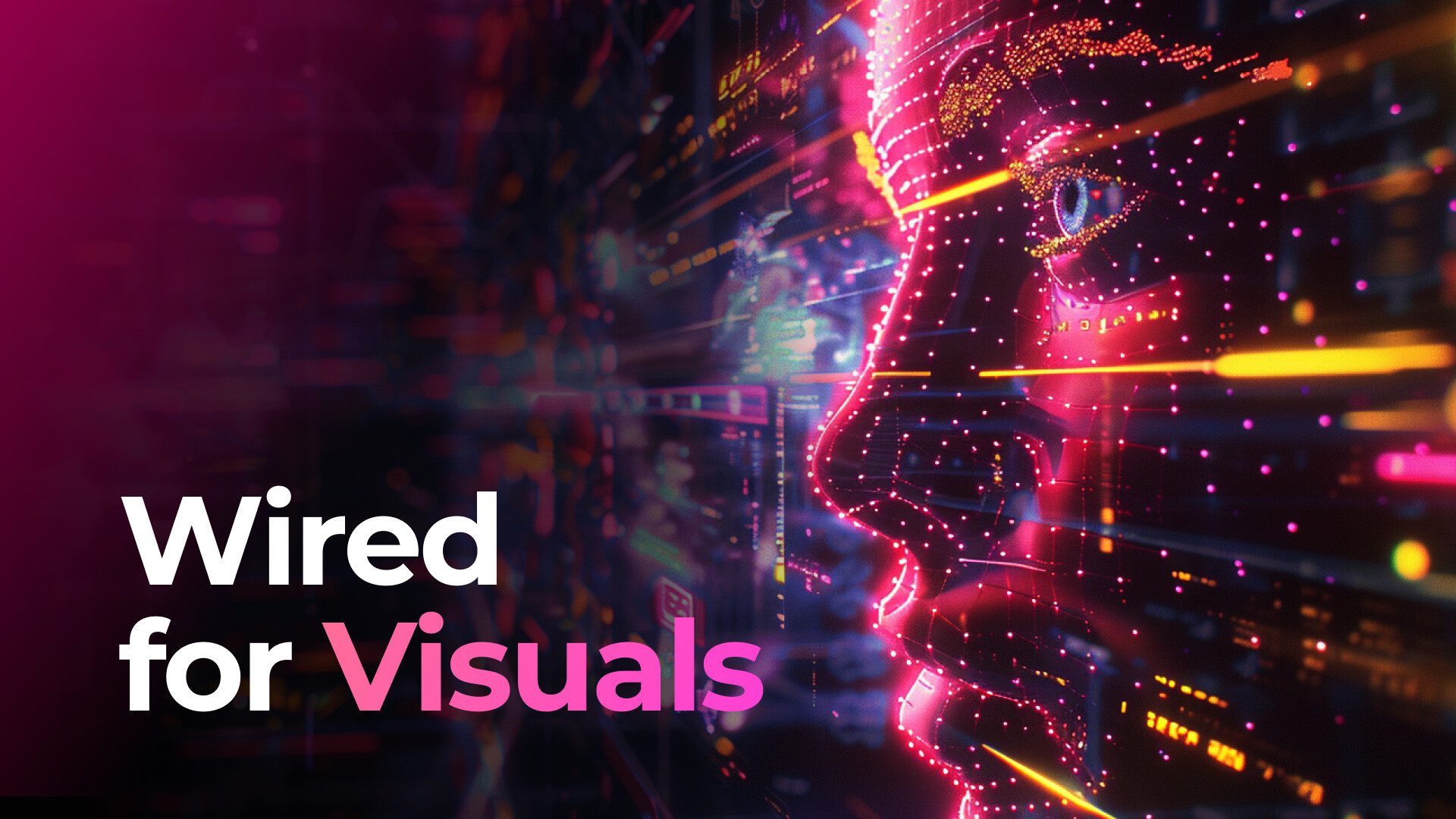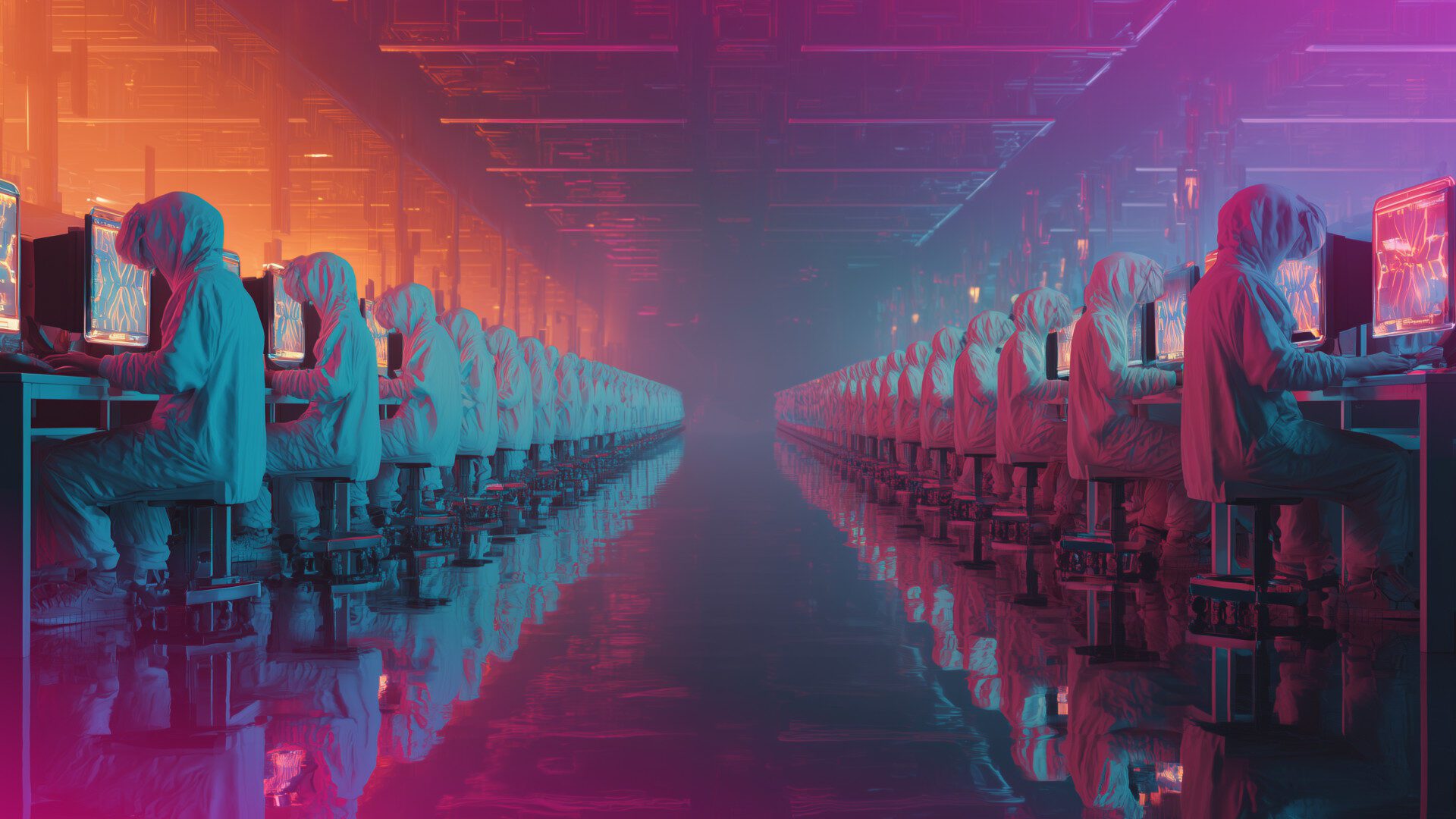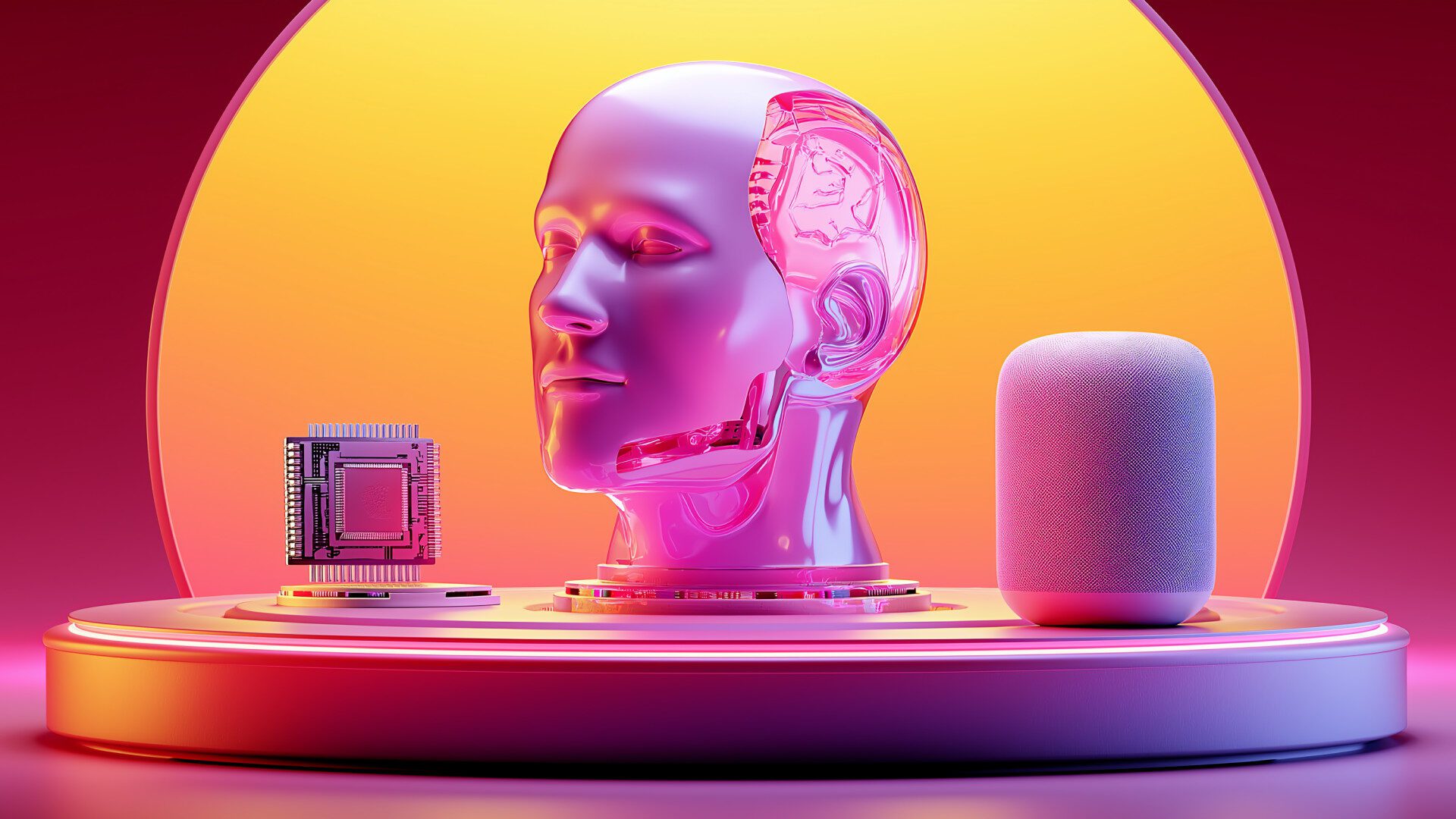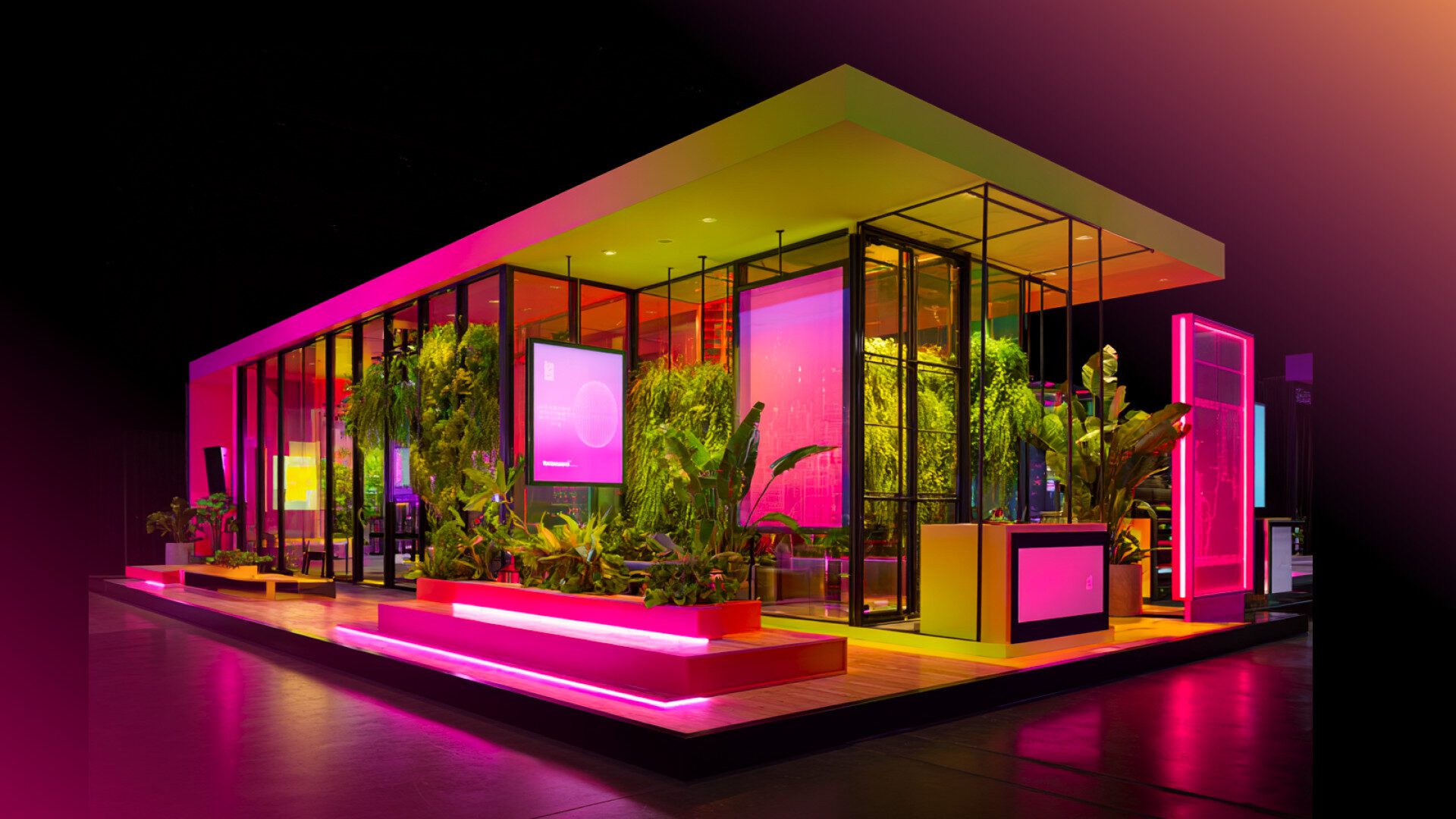
Every brand has a story. But here’s the catch: in today’s world of endless scrolls and shrinking attention spans, telling that story with words alone isn’t enough. People don’t just want to hear about your brand or company – they want to step inside it. That’s where experiential design comes in: transforming abstract narratives into tangible, 3D environments that people can see, touch, and remember.
Why Storytelling Needs Space
Great stories are more than facts; they’re worlds people inhabit. The same goes for brands. Your mission, values, and products shouldn’t sit static on a slide deck or a website – they should unfold in physical space.
Consider how Apple launches products. It’s not just a keynote; it’s an atmosphere. Clean lines, minimalist displays, lighting that feels equal parts futuristic and human. Every element reinforces their narrative: innovation with elegance. You don’t just see Apple’s story – you’re immersed in it.
Or take Nike’s House of Innovation stores. They’re not just retail shops; they’re arenas of energy, movement, and possibility. From personalized sneaker design stations to motion-tracking displays, every corner embodies their ethos: “If you have a body, you’re an athlete.”
That’s the power of experiential storytelling. It makes the intangible visceral.
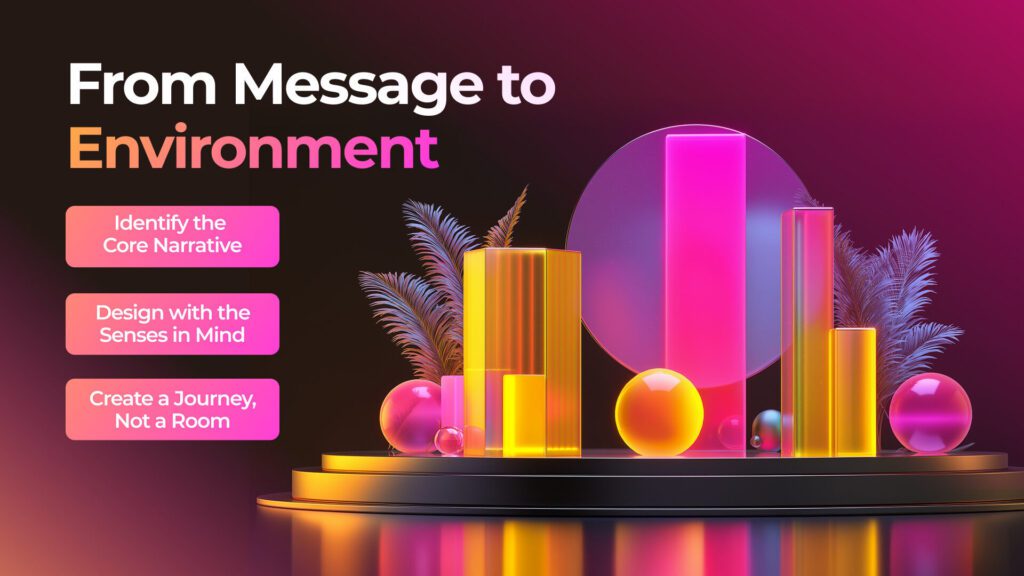
So how do you actually translate a brand story into space? Start with this three-part framework:
- Identify the Core Narrative
Every brand has a “heartbeat.” What’s the one message you want people to leave with? Is it innovation? Connection? Sustainability? If you can’t distill it into one sentence, the environment will feel scattered. - Design with the Senses in Mind
Stories aren’t just told – they’re felt. Ask: what does your brand look like, sound like, feel like, even smell like? Spotify leaned into this during their Wrapped activations, turning digital playlists into neon-lit, multisensory pop-ups. Attendees didn’t just read about their music – they walked through it. - Create a Journey, Not a Room
The best environments move people – literally and emotionally. Think of it as a narrative arc. Entry points set the scene. Interactive zones build tension and excitement. Closing moments deliver the resolution and lasting impression. A booth, lounge, or pop-up should feel less like a static setup and more like a story unfolding chapter by chapter.
Why It Matters More Than Ever
In an era where attention is the ultimate currency, environments cut through noise in ways digital ads can’t. People may skip a sponsored post, but they’ll remember the moment they walked into a space that made them feel seen, inspired, or part of something bigger.
Even better: experiences travel. A booth that sparks delight becomes a LinkedIn post, an Instagram story, or a word-of-mouth endorsement. That physical moment lives on digitally, extending your story far beyond the event itself.
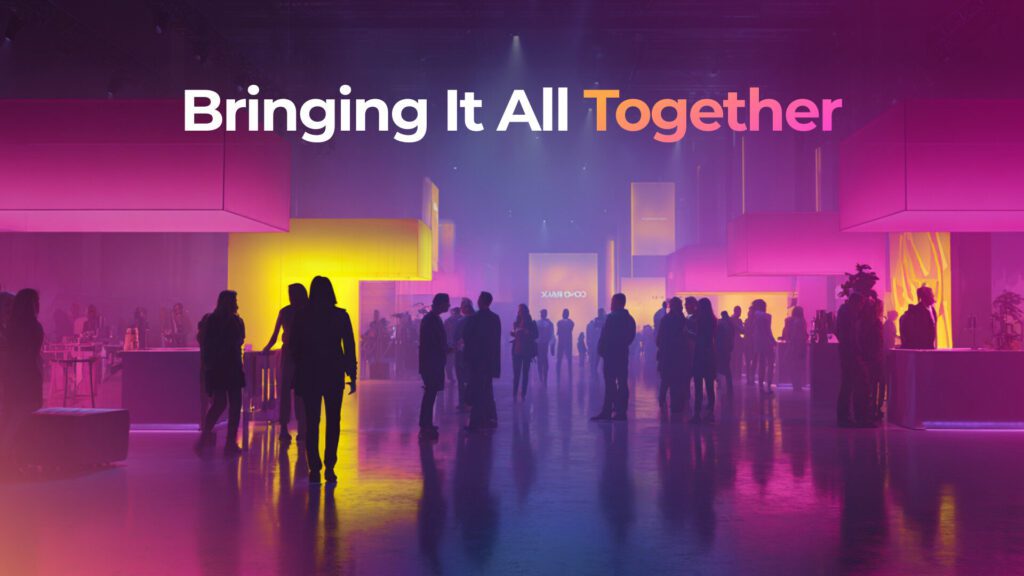
Turning brand narratives into environments isn’t about flashy builds or big budgets – it’s about clarity and intention. When every design choice reflects your story, the environment stops being decoration and starts being communication.
At T Palmer Agency, we specialize in exactly that – helping brands move from “telling” to “immersing.” Whether it’s a conference booth, a pop-up, or a full-scale activation, we craft environments that transform your brand narrative into something people can walk through, talk about, and never forget.
Ready to build your brand’s stage?
Let’s turn your story into a space worth stepping into. Reach out to us at infotpalmeragency.com to design experiences that resonate long after the lights go down.
